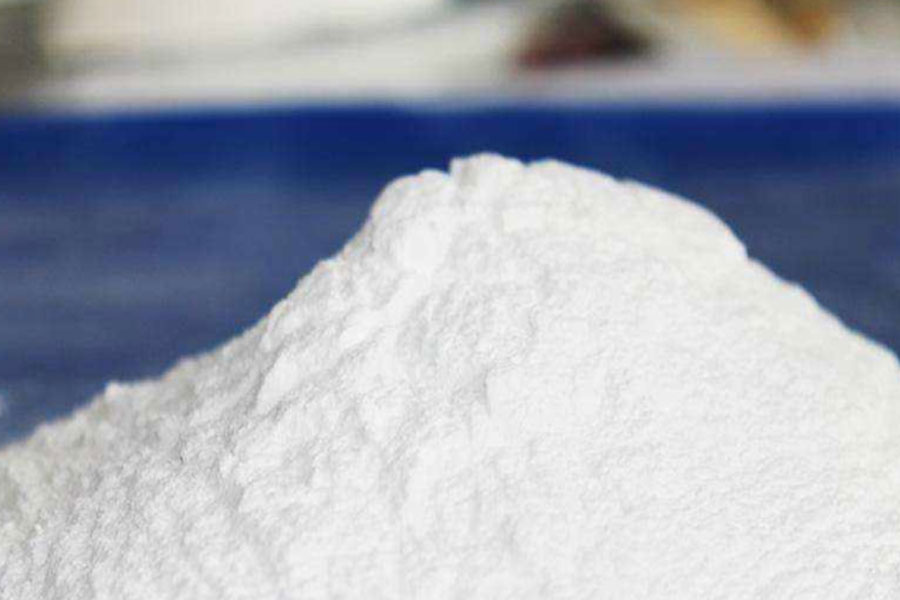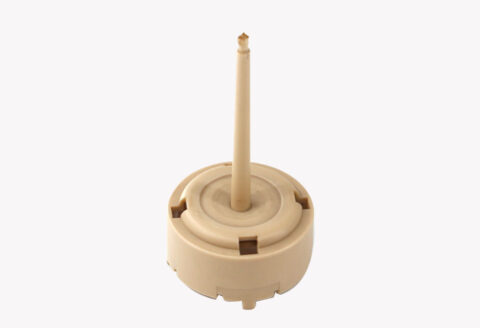
- Decabromodiphenyl ether (DBDPO) has a melting point of 304°C, non-toxic, white powder, containing more than 80% bromine. It is an additive flame retardant. Commonly used in PP, PE, PS, PBT, PET, ABS and other plastics, but the weather resistance is poor.
- Octabrominated diphenyl ether (BDDP), the melting point is 100 ℃, it is a flame retardant of aromatic bromide, commonly used in PP, PE, PS, ABS.
- Hexabromobenzene (HBB), white powder, melting point of 320 ℃, is an additive flame retardant, and is mostly used in combination with antimony trioxide. Commonly used in PE, PP, PS, ABS, PA, PBT, PET.
- Tetrabromobisphenol A (TBA) white powder with a melting point of 179°C, is a reactive and additive multi-purpose flame retardant, commonly used in EP, PC, HIPS, AS, ABS, PF.
- Antimony trioxide (Sb2O3) or antimony oxide, white powder. Additive flame retardant, more effective when used in combination with halogen compounds, suitable for PP, PE, PVC, PBT, PET, PU.
- Aluminum hydroxide AL(OH)3, non-toxic white powder, dehydrated at about 200 ℃, absorbs a lot of combustion heat and achieves flame retardant effect. Often used in PE, PP, PS, PVC, PU, PF, AF, ABS, etc. The addition amount is 40 to 60%.
- Magnesium hydroxide Mg(OH)2, fibrous white powder, will release a large amount of water vapor to dilute the concentration of natural gas when burning, thereby reducing the temperature of the ignition material. However, its acid resistance is poor, and it is not suitable for use in PET, PBT and PC plastics.
- Zinc borate (FB), the melting point is 980℃, the white powder is more effective when used in combination with aluminum hydroxide, chlorinated paraffin, decabromo, hexabromo, tetrabromo, etc. It is commonly used in PVC, neoprene, chlorinated polymer Ethylene, halogenated polyester resin.
- Ammonium polyphosphate (APP) is an additive flame retardant, which is heated and dehydrated during combustion to form a carbonized film, which plays a flame retardant role. It can be used for flame retardant of PE, PP, PU, rubber products, coating, wood, paper, fiber, etc.
- Molybdenum oxide (MoO3) is a smoke-eliminating flame retardant, white powder, mostly used in conjunction with antimony oxide and aluminum oxide. Commonly used in plastics such as PVC and unsaturated polyester.
- Silica, that is, fumed silica, has dual effects of flame retardant and reinforcement, and is often used in conjunction with halogen flame retardants, with obvious effects.
- Chlorinated paraffin-70, that is, chlorinated paraffin with 70% chlorine content, mainly used as flame retardant, white powder, non-toxic, softening point 120℃, mainly used for PVC, PSE, 1PU, PF, EVA , PE, PP. It is usually used in combination with antimony oxide in the same amount.

